How Robots are Altering the Construction Industry
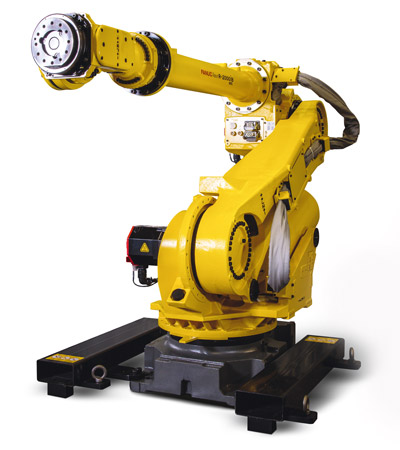
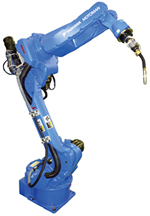
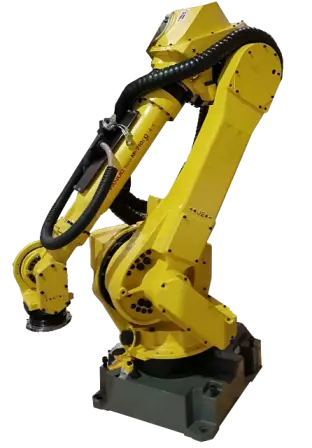
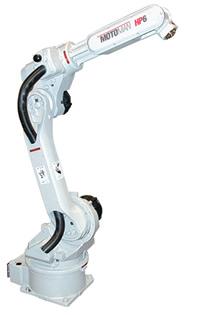
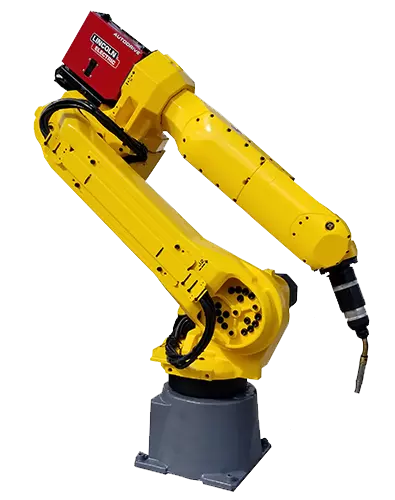
Historically the construction industry has been one of the least automated industries. It has primarily relied on manual labor to perform construction tasks and operate heavy machinery. Recently the industry has reached an inflection point with being faced by a severe labor shortage along with increasing demand. Relying solely on manual labor is no longer possible and the industry is beginning to automate with robots.
The main deterrent in the past to the automation of construction was the uncontrollable environment of construction sites. Now with more advanced robotic technology such as force sensors and robotic vision systems, the Yaskawa MH50-20 along with other robots are more autonomous with the capability to handle the variables that come with construction sites. Industrial robots are bringing the industry into the modern industrial world and are altering it for the better in the following ways:
- • Automating Repetitive Jobs - Many jobs involved with construction are extremely repetitive making them ideal for robotic automation. Repetitive tasks are often undesirable to workers as they can be dull, tedious, and even strenuous with repetitive motions. The FANUC LR Mate 200ic excels at repetitive processes with its high repeatability. 3D printing is a relatively new technology to the construction industry that allows for on-demand building. It has been used for constructing buildings and bridges. Instead of using workers to operate 3D printers, construction companies are automating with robots. The ABB 4600 can control and tend to a 3D printer following a set of preprogrammed instructions. Other jobs being automated by robots include masonry, painting, and inspection.
- • Improving Construction Quality - Quality is critical to the safety and longevity of buildings, bridges, roadways, etc. Shortcuts and errors must be avoided to ensure structural integrity. Automating construction with robots will ensure and improve quality. Articulated robots are programmed to follow specific instructions without any deviation. Six axis robots eliminate human errors that can negatively impact quality. They are also distraction free and never lose focus or tire unlike humans.
- • Creating Safer Work Environments - Many jobs involved with construction are dangerous to the health and safety of workers. Operating heavy machinery, using sharp tools, fume/chemical exposure, high heat, and heights are some of the dangers construction workers face. Automating with industrial robots can remove workers from being placed in unsafe and dangerous positions. Fewer jobsite injuries will occur preventing downtime, worker shortages, and workers comp/disability claims.
- • Combating Labor Shortages - The construction industry has been facing a labor crisis for several years which has only been exacerbated by the effects of COVID-19. More workers are leaving the industry with fewer and fewer workers available to fill empty positions. Robots help construction companies fill in their labor gaps. With the FANUC Arcmate 120ic companies immediately inherit the skill level of a seasoned worker once it is programmed. Robots are a reliable source of labor with no turnover.
- • Meeting Industry Demands - Demand for new construction is incredibly high. Automating with robots is allowing the industry to meet the high demand. Robots are faster, can take on a greater workload, and can operate day and night. Construction sites become more productive and efficient with robots allowing companies to stay on track, meet deadlines, and keep up with the growing market.